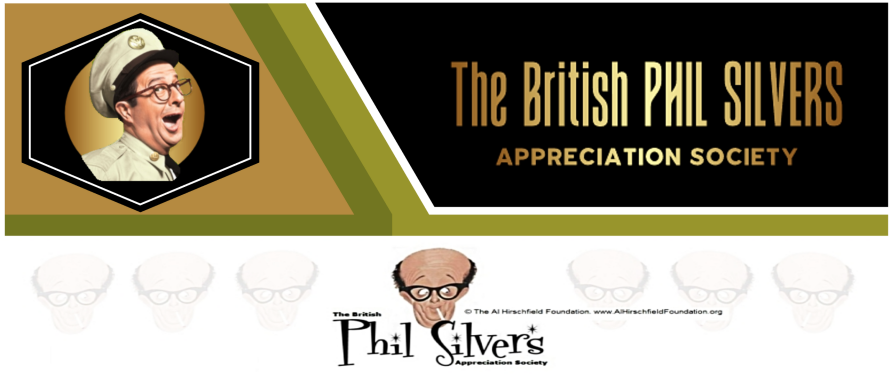


Sgt.Bilko - DC Comics
In 1934 Malcolm Wheeler-Nicholson founded National Allied Publications. It's first publication, in February of 1935 was called Fun - The Big Comic Magazine. The company launched a second title, New Comics in December 1935. This issue featured the work of artists Jerry Siegel and Joe Shuster, who would later create Superman. New Comics was renamed Adventure Comics and eventually ran until 1983, making it one of the longest-running comic book titles in comic book history.
National Allied Publications third title, which launched in 1937, was Detective Comics, which saw the launch of Bob Kane's Batman comic series. In order to publish their next title, Action Comics, National Allied Publications formed a new company, Detective Comics Inc. Action Comics saw the birth of Siegel and Shuster's Superman.
Following a merger the company became known as National Periodical Publications. It was at this time that the Superman-DC logo was continually used. As a result, the brand name of DC Comics was adopted by the buying public, although the legal name change didn't actually occur until 1977!
As well as originating the adventures of such superheroes as Batman, Superman, The Flash and The Green Lantern, DC were well aware of the income to be made from producing their own comic book tie-in series. They quickly realised that the comic book adventures of such popular favourites as Bob Hope, Alan Ladd and Dean Martin and Jerry Lewis (all of whom were afforded their own DC comic books under cinematic license) would bring in valued revenue.
Their first official TV-based licensed comic was Jackie Gleason and The Honeymooners. Gleason, a popular US comedian, was enjoying success as loudmouth Ralph Kramden in TV's The Honeymooners (ironically, the plot of The Honeymooners was late re-worked as the basic premise for Hanna-Barbera's cartoon classic The Flintstones). DC quickly recognised the popularity of TV's Sgt. Bilko and in May 1957, with the consent of series creator Nat Hiken, was granted it's second official TV-based comic license for the proposed Sgt. Bilko comic book series.
The artwork and the stories were provided by DC's in-house staff of artists and writers. The comics were extremely faithful to the source material and all the major characters and platoon members were featured. The stories were well written and very much in-keeping with the spirit and vitality of the television show. In June 1958. following the huge popularity of the character, DC launched a spin-off title called Sgt. Bilko's Private Doberman, featuring the eponymous Pvt. Duane Doberman, played so wonderfully on-screen by Maurice Gosfield.
In March 1960 both titles were dropped from the DC range. The Phil Silvers Show had been taken off-air in June 1959 and DC felt that interest in the titles had waned due to the fact the TV show was no longer airing weekly. Both titles had been issued on a bi-monthly basis. At the time of cancellation there were 18 editions of Sgt. Bilko (later issues were titled Phil Silvers starring as Sgt. Bilko) and 11 editions of Sgt. Bilko's Private Doberman.
Sgt.Bilko DC Comics - Cover Art



Issue No.1 (June 1957) Issue No.2 (August 1957) Issue No.3 (October (1957)



Issue No.4 (December 1957) Issue No.5 (February 1958) Issue No.6 (April 1958)



Issue No.7 (June 1958) Issue No.8 (August 1958) Issue No.9 (October 1958)



Issue No.10 December (1958) Issue No.11 February (1959) Issue No.12 (April 1959)



Issue No. 13 (June 1959) Issue No. 14 (August 1959) Issue No. 15 (October 1959)



Issue No.16 (December 1959) Issue No.17 (February 1960) Issue No.18 (April 1960)
Private Doberman DC Comics - Cover Art



Issue No. 1 (June 1958) Issue No. 2 (August 1958) Issue No. 3 (October 1958)



Issue No.4 (December 1958) Issue No.5 (February 1959) Issue No.6 (April 1959)



Issue No.7 (June 1959) Issue No.8 (August 1959) Issue No.9 (October 1959)


Issue No.10 (December 1959) Issue No.11 (February 1960)



